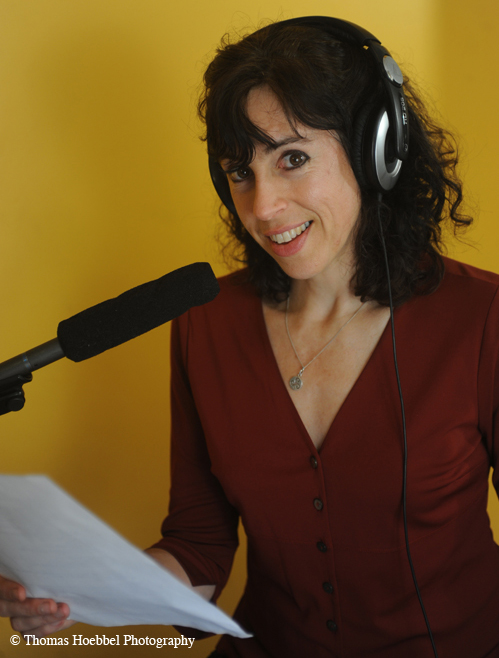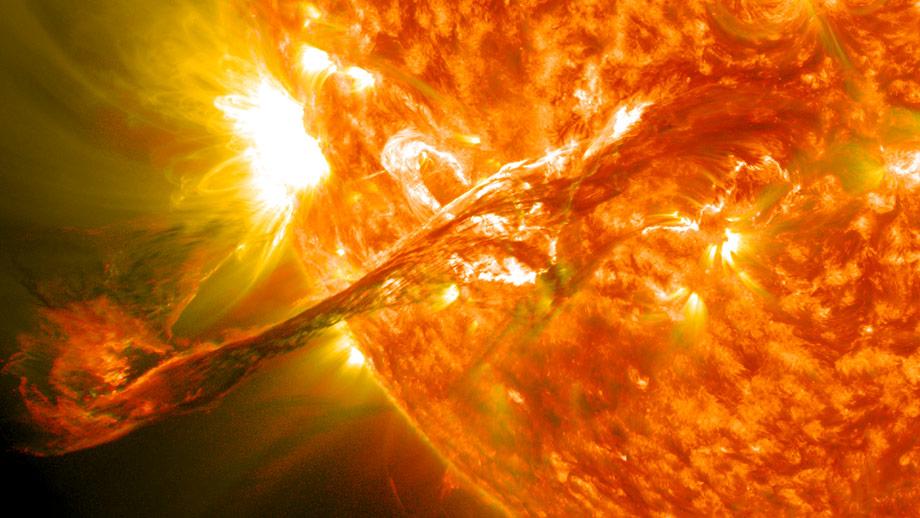Howdy Campers.
As some of you know, one of the things I do is voice talent for webmercials, video, e-learning, and audiobooks. This week, I have been hired as the voice talent for a real-estate agency, and find myself in a common situation — the person creating the script is not familiar with writing for this medium. It makes more work (and some frustration) for everyone. So, whether you have a video/photo montage of your arts event, your company’s 25th celebration, the trees in your park, the activism in your school…PLEASE check out these tips before creating your script for the narration.
* TIME (step one)
Watchable time limit is three minutes, and most quick web pieces are better in less. Better to do three two-minute pieces than one six minute piece, since the amount of time most people will watch to before clicking off is around a minute and a half. How much writing is two minutes? 200 words (two short paragraphs) is around one and a half minutes, so ultimately, aim for 200-350 words.
With that in mind, still go ahead and write EVERYTHING down that you think is important. Read it at a medium pace, and time it. Your written piece is probably 5 minutes. Now PRIORITIZE what you think is important, and write those concepts down in bullet form, using as few words as possible to note each idea. Note if you feel like you want a certain ‘tone’ (Cheery? Mellow? Soft and warm? Dramatic? Intense? Authoritarian? Snarky?).
Look at your images. Ask yourself:
– Do I have images for each of my bulleted ideas?
If so, how many? Make a note next to your idea bullets of how many images you have for each and what they look like. Yes, you can write an image into more than one category — although you will not SHOW the image twice, writing it in two places gives you two placement options. If there are ideas with no images, then you need to get some OR decide to use written text on an image or have a text/bullet slide (like “comes in red as well”) OR cut the idea from this project (save it for later!).
– Do I have enough images for a whole sentence about one idea?
This is a biggie. Watchable time for each image is 2-3 seconds. Lovely long compound sentences do not work, nor do sentences where the main object or verb is at the end of the sentence — people need what they are hearing to explain, modify, color what they are seeing.
– Which images are so strong that they need to come first?
Yes, I know that seems bass-ackwards to think about how it looks rather than what you want to say, but this is a visual medium first and foremost — your message is embedded in the images, not the other way around.
– Wait — what if I am having a professional take my images according to my ideas, or having a professional using my existing images to decide which goes where?
GREAT ideas — highly recommended. HOWEVER, you should still have a notion of what KIND of images MIGHT be best to show your idea and what KIND of image might be a most-compelling initial visual! For example, if you are selling a house, either have a video that pans along a path to reveal the house OR start with a picture of the outside of the house. What does that mean for your narrative? It means you have to start with words about the house and where it is.
 * SEQUENCE (step three)
* SEQUENCE (step three)
Okay. Start with the images that are strongest. Which ideas do they match on your bullet sheet? You may have to do some realigning of ideas and images, and that is okay. The point is CHOOSE A SET of images and the accompanying idea. That concept-clump is now first. What should come next, idea-wise OR image-wise? It’s your second section — you have more leeway here. The second section is often a ‘valley’, or a lesser point. In general, organize your sequence with three main points separated by two smaller points OR two large points separated by one small point (e.g. ‘main, small, main’).
* SCRIPT! (step four)
Remember — SHORT AND SWEET. How can you talk about your ideas beautifully, dynamically and succinctly? Remember — each ‘slide’ will only be up for 2 or 3 seconds,and that your total time is 1.5 – 2.5 minutes. Now send it to your video/photo guy and/or your montage-maker. As an expert in the visuals, s/he will tweak your concept to make the piece have the tone you are shooting for and tell an interesting ‘story’.
* REVISIT/REVISE (fifth and final step)
Your video-photo person will send you the piece (usually with narration, but not always) for edits/alterations. Most pros will give you one edit as part of the cost package — this is why you should do so much ahead of time. Send back your thoughts with any script changes, and then wait for the final awesome project!





